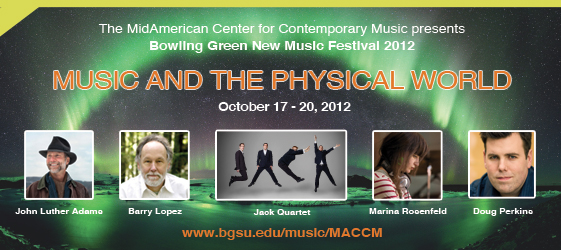BGSU alumna Hilary Maiberger ’10 is living the life of a Disney character and loving every minute of it.
Chosen to play the part of Belle in the national tour of Disney’s “Beauty and the Beast,” Maiberger admits the opportunity is “a dream come true.”
“It’s one of my favorite movies,” said Maiberger, who earned her master’s degree in vocal performance from BGSU. “It’s a wonderful love story about such an unexpected relationship that is based on inner beauty.”
She grew up watching and emulating the various Disney princesses, from Jasmine and Snow White to Cinderella and Ariel. She recently even had played the parts of Jasmine in a Disneyland production and Cinderella in a regional theatre production. Earlier this spring when she saw an audition announcement online about playing Belle in the NETworks national tour of “Beauty and the Beast,” she immediately sent a photo, resume and a video of her singing, knowing full-well her chances might be similar to winning a lottery. However, in a relatively short amount of time, she defied all odds and was selected to play Belle, her favorite Disney princess.
Her initial audition was not face-to-face in New York, “which is virtually unheard of in the industry,” said Christopher Scholl, one of her BGSU music professors.
“She has the talent, intelligence, looks and perseverance to succeed,” he said, adding, “She is one of the most expressive musicians I’ve taught; that will carry her far.”
For Maiberger the role of Belle “is ideal,” she said, explaining the character is “so real, and such a heroine who is funny, smart and has a huge capacity to learn and love.”
Maiberger is especially excited to be performing as Belle, surrounded by the elaborate stage production of the creative team from the original Broadway show. She is lucky that the memorable and award-winning music by Alan Menken and lyrics by Tim Rice and the late Howard Ashman showcase her musical talents.
The California native has been singing since she was six years old and earned her bachelor’s degree in music from San Diego State University. Her journey to BGSU was started, in part, out of her connection to northwest Ohio. She was familiar with the area because her father was born and raised in Tiffin, 40 miles southeast of Bowling Green.
“Bowling Green was a great fit for me,” Maiberger said. “The faculty all were supportive and believed in my talents, and they encouraged me to audition for operas and theatre.”
“I had never done opera, but I loved it. Mr. Scholl was an incredible teacher who really ‘kicked my butt,’ but was supportive and believed in my talents.
“I didn’t’ realize opera was so hard, but it’s a wonderful foundation to train in a classical way,” she said.
Maiberger also improved her acting skills with the help of one-on-one acting sessions with Dr. Michael Ellison, associate professor of theatre and film.
She realized in her undergraduate years at San Diego State University that singing was what she wanted to do for the rest of her life. At BGSU, adding opera and acting to her repertoire “ratcheted up my career,” Maiberger admitted.
Now, as Belle, she is performing in eight shows a week, Tuesday through Sunday, which, she admits, “is a crazy schedule.” But the musical training she received has prepared her for such a rigorous routine.
“She came to BGSU with confidence in her singing,” her music professor recalled, “but BGSU really had an impact on her.
“There were a whole bunch of people who put a ton of work in with her,” Scholl said. “The saying ‘It takes a village’ was true; however, she was so receptive and such a joy to work with. She worked hard, practiced hard and prepared herself for such an opportunity.”
“I am so excited to be a part of something like this; it really is unbelievable. There is something very special about the Disney magic,” she said. And theatre is where she wants to be, she explained. “It’s like playing dress up. It’s being able to affect people, make them laugh and tell a story. There is nothing else really like it.”





